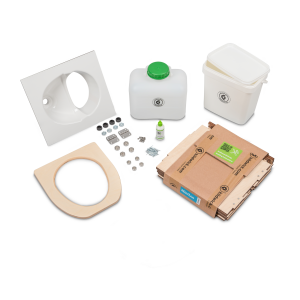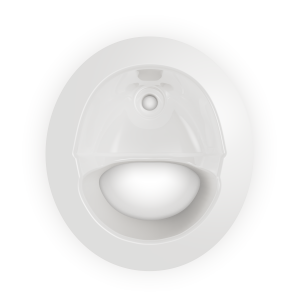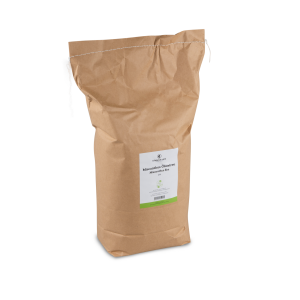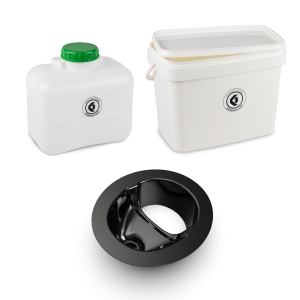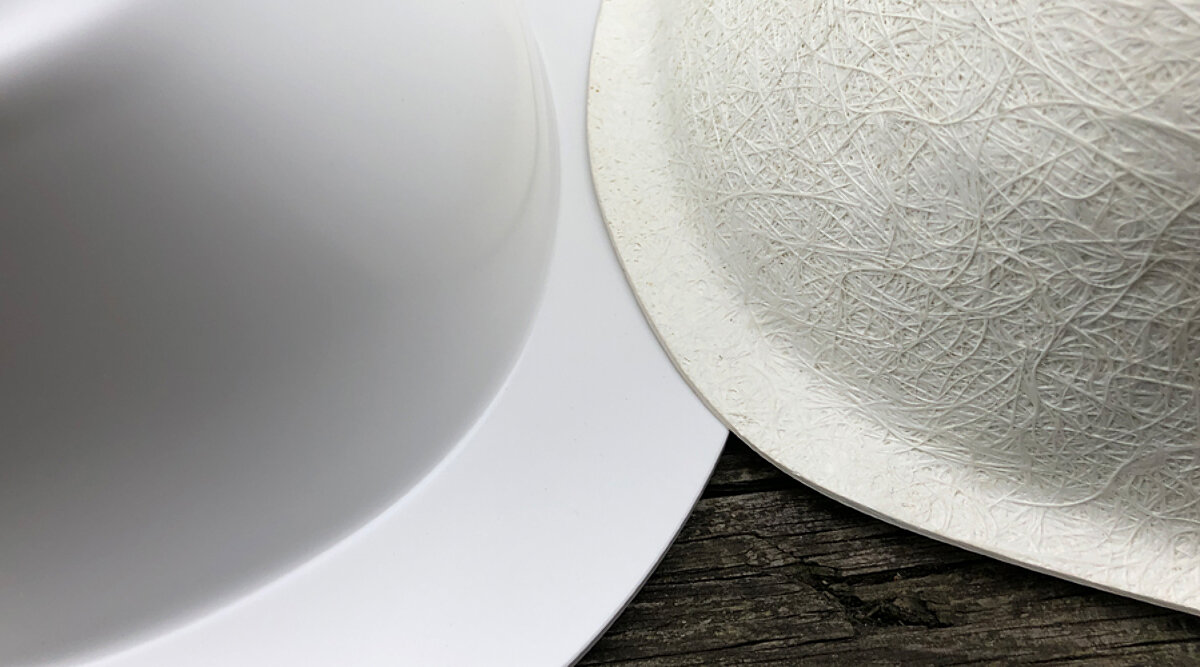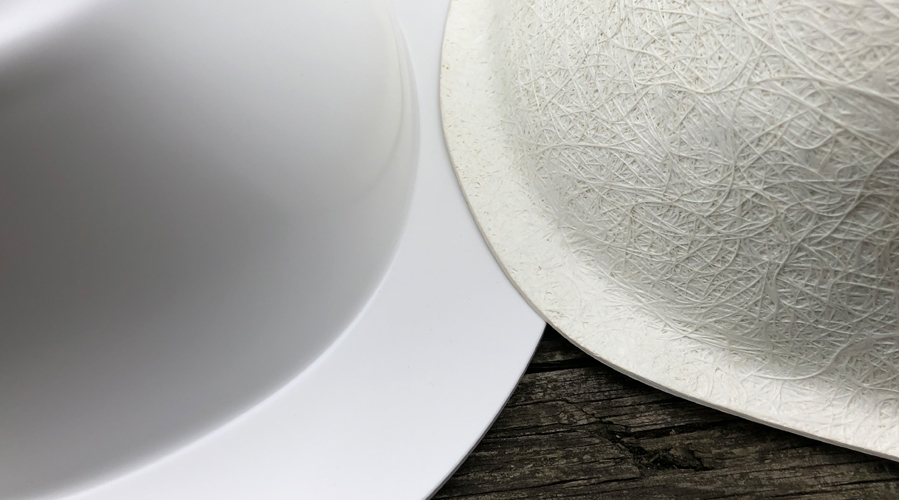
Fiberglass vs. Polystyrene Inserts
We have received many, many inquiries over the last few weeks. Thanks very much for that! Each of your questions helps us and ultimately you and all of our other customers.
Some of you were surprised and even shocked that fiberglass inserts are no longer available. There were lots of concerns that the use of Polystyrene (PS) is not as durable and strong as the fiberglass that we used in the past.
We can reassure you that our Polystyrene inserts are definitely as strong as the fiberglass. If you have already bought a new one from us then you may have noticed that we need very little packaging material to ship them. And the reason is simple: the new separator is so robust that we do not have to take any shipping precautions.
How do we know this? We tested it! We dropped our insert several times from a height of 6 meters. After surviving this test without any damage, we went after the heart of our product several times with a heavy hammer. The Kildwick separation insert survived this punishment unscathed.
Which one will it be?
One question that we have also been asked several times is whether our Polystyrene insert is also antibacterial or whether an antibacterial product line is being considered for the future. A very clear no from us: there will be no antibacterial separator. We’d like to explain why.
When making a direct comparison of the bottom of the inserts, you will find that there is a big difference. When using fiberglass the insert is very rough at the bottom which provides bacteria and germs with an optimal basis to multiply. The dividing insert made of Polystyrene on the other hand is as smooth on the bottom as on the top and thus wonderfully easy to clean. Cleaning is even easier than with a traditional toilet, as there are no concealed or hard to reach crevices. So why work with alternatives?
And now the decisive reason why our dividing inserts are no longer made of fiberglass but rather of Polystyrene: the disposal of the material. Fiberglass is a hazardous waste after use - a fact that many people probably do not know or have not even thought about. We do, so it is important for us to inform you.
For the disposal of fiberglass, there is still no convincing solution. At the moment, fiberglass parts are collected and “disposed of” by municipal waste disposal stations for different fees. We deliberately use “...” when we say “disposed of” because the current solution to the problem is that fiberglass waste is burned. Anyone who has paid attention in chemistry class should know that fiberglass is considered non-combustible.
Our opinion: We humans have already produced enough fiberglass hazardous waste. Just think of all of the old windmills, boat hulls, old aerospace technology etc.
We don’t want any part of this at Kildwick. We are happy with our Polystyrene dividers, which are completele recycable.
We hope that this article has not only answered your questions, but also dispelled your concerns. If you would like to know more about this topic, please contact us by e-mail at hello@kildwick.com. Or take a look at our video.
